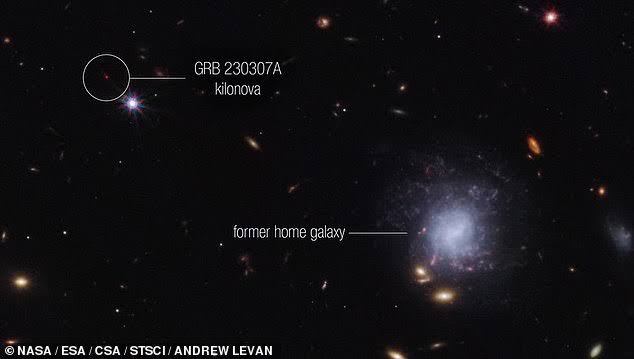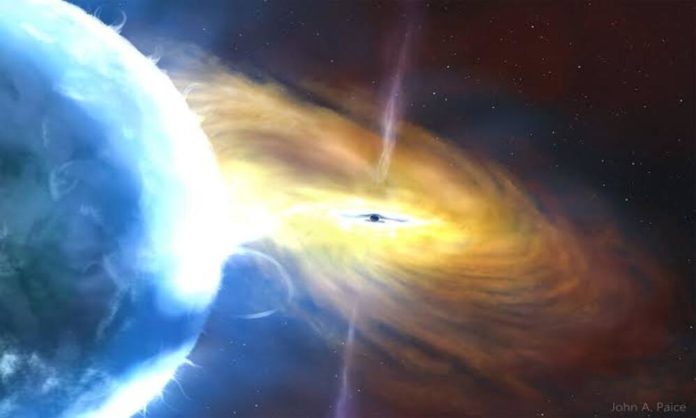Experts have warned that an uncommon celestial event called a “Kilonova” holds the potential to cause significant harm to life on Earth if it were to occur within a specific range. A recent study conducted at the University of Illinois Urbana-Champaign explains that a kilonova arises when two neutron stars collide and merge, or when a neutron star collides with a black hole, resulting in a massive release of gamma rays.
Kilonova – A Hazard To Ozone Layer
Although the probability of such an event happening is relatively low, it remains a concern due to the intense radiation emitted by these gamma rays, which can strip electrons from atoms, a process known as ionization.
The type of radiation associated with kilonovas is notably persistent and could potentially harm the Earth’s ozone layer. However, for this radiation to have a substantial impact, it would need to occur within relatively close proximity of approximately 16.3 light years from Earth. Beyond that range, the threat becomes significantly less significant.

Read More: 5 Movies Where The A. I Won In The End
‘We found that if a neutron star merger were to occur within around 36 light-years of Earth, the resulting radiation could cause an extinction-level event,’ Haille Perkins, a scientist at the University of Illinois Urbana-Champaign, told Space.com.
“The specific distance of safety and component that is most dangerous is uncertain as many of the effects depend on properties like viewing angle to the event, the energy of the blast, the mass of material ejected, and more,” Perkins added. “With the combination of parameters we select, it seems that the cosmic rays will be the most threatening.”
Kilonovas are typically challenging to study because they are infrequent and occur rapidly. The research findings also disclosed that kilonovas have the capability to generate Tellurium, which was previously unverified.
Read More: 10 AI Tools That Are Actually Free
However, it’s important to note that the overall risk of a kilonova causing harm to Earth is considerably lower than other potential threats like solar flares, asteroid impacts, and supernova explosions. Therefore, Earth’s safety from kilonovas remains relatively secure.
Stay tuned to Brandsynario for the latest news and updates.







































